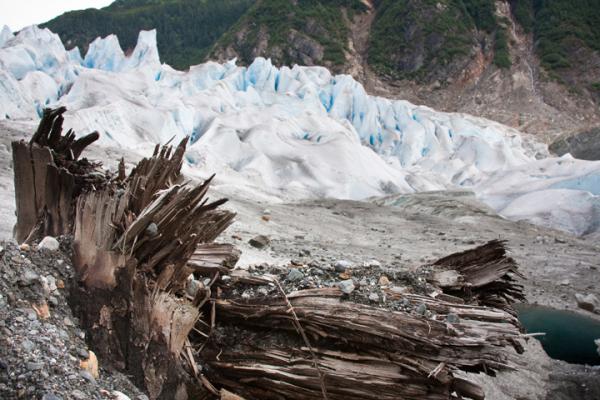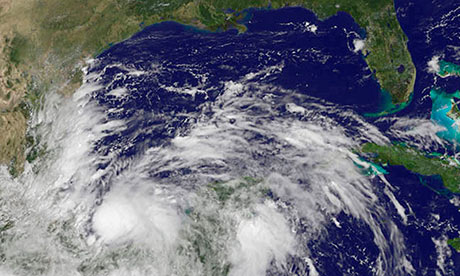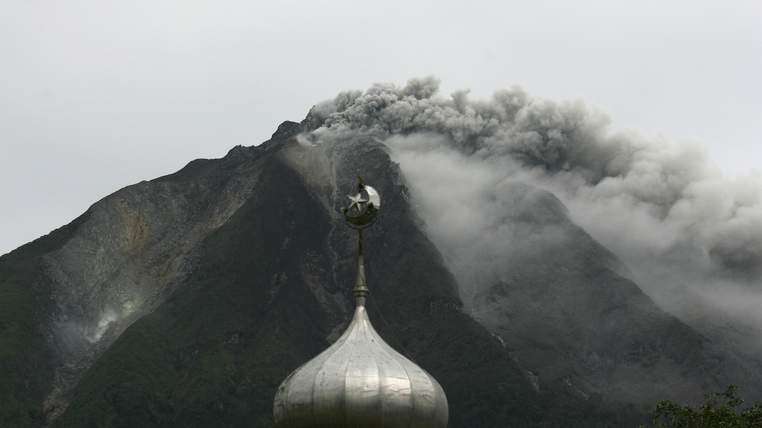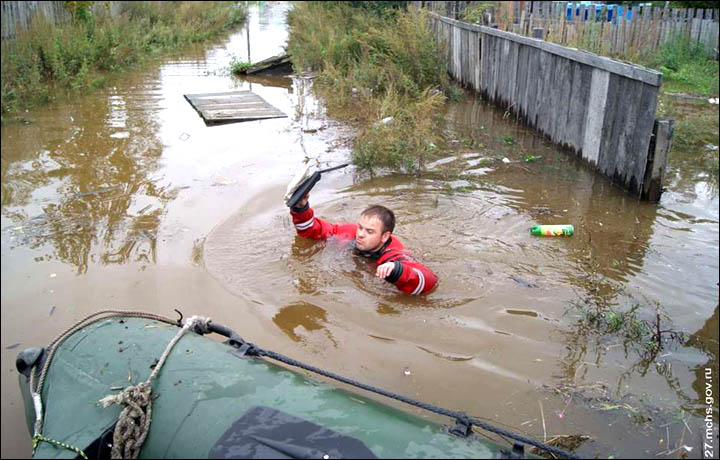
© AP Photo/Stephan Savoia
Boston - A mystery of sorts threatens to stunt Massachusetts' small but growing oyster industry after illnesses linked to bacterial contamination forced the state to shut down beds for the first time ever.
The culprit is the Vibrio parahaemolyticus bacterium, which has occurred in state waters since the 1960s. Theories abound about the recent increase in illnesses linked to Massachusetts - but those are only theories.
"Honestly, I'm confused by the whole thing," said Don Merry, an oyster grower from Duxbury, where oyster beds have been closed.
Average monthly daytime water temperatures in the region rarely approach the 81 degrees believed to be the threshold that triggers dangerous Vibrio growth. Rising average water temperatures locally, while not reaching that threshold, could be causing environmental changes that cause strains of Vibrio to thrive, said Suzanne Condon, associate commissioner of the Department of Health.
In addition, virulent Vibrio strains that aren't as temperature-sensitive may have been carried from overseas in ships' ballast water in the past decade, said the state's chief shellfish biologist, Michael Hickey.
Meanwhile, it has been only six years since states were required to federally report Vibrio illnesses. So testing for it is relatively slow and underdeveloped and can't yet predict, for instance, if outbreaks are coming, Hickey said.
The bacterium causes gastrointestinal problems, including vomiting and cramping, but the illness is generally severe only in people with weakened immune systems. The Centers for Disease Control and Prevention estimates the U.S. has about 4,500 cases of Vibrio infection annually.





 A leaked copy of the world's most authoritative climate study reveals scientific forecasts of imminent doom were drastically wrong.
A leaked copy of the world's most authoritative climate study reveals scientific forecasts of imminent doom were drastically wrong.